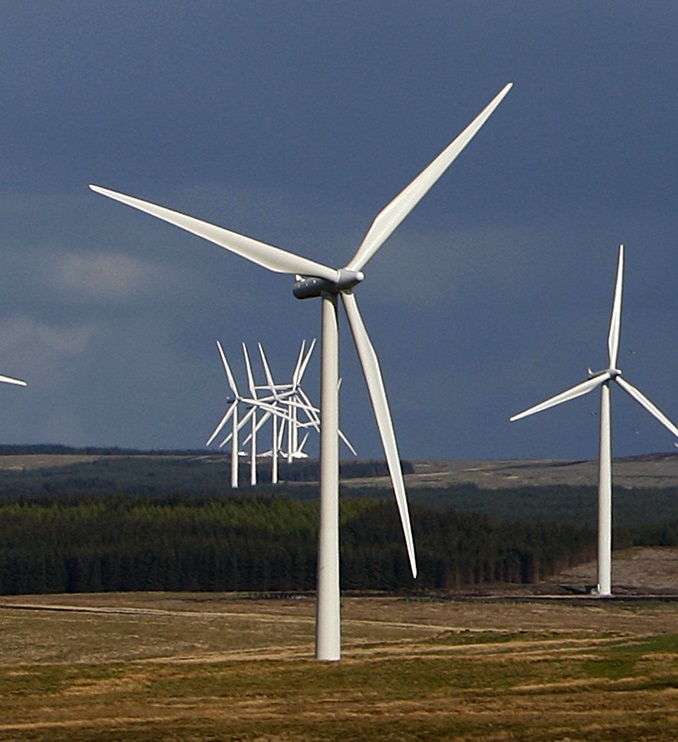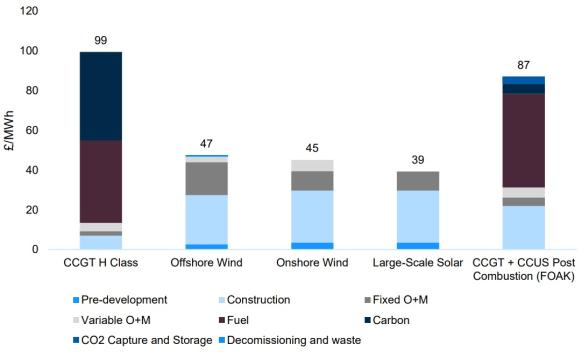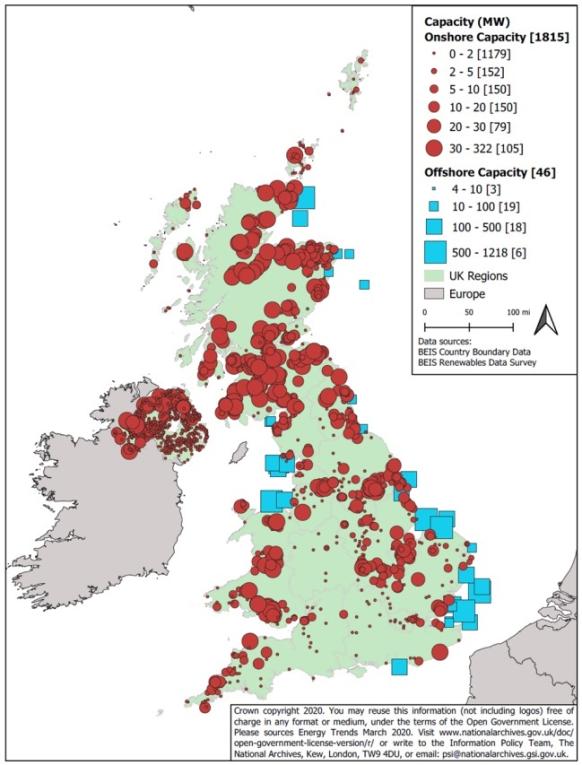Wind farm builders call for deeper reforms in England
Planning law changes proposed by the UK government lack measures that aid larger onshore wind projects and national targets are needed to make stakeholders accountable, project partners told Reuters Events.

Related Articles
In December, the UK government said it would ease restrictions on building onshore wind farms in England after objections by 34 MPs from the ruling Conservative party.
The UK operates 15 GW of onshore wind capacity and development activity has mainly been confined to Scotland since rules in England were toughened by David Cameron's Conservative government in 2015. Much of Scotland benefits from windier conditions and larger areas of unpopulated land but electricity demand is higher in England.
In a U-turn by newly elected Prime Minister Rishi Sunak, the government said it would adapt the National Planning Policy Framework to permit onshore wind development where local consent is demonstrated and any impacts identified by the local community are appropriately addressed. Previous rules meant opposition from one person could block the project, despite government surveys showing 80% of the public were in favour of onshore wind farms.
The details of the reforms will be established through a public consultation that will conclude in April and will also seek views on how local communities could benefit from the projects through lower energy bills.
Further reforms are needed to support larger onshore wind projects as the proposed changes are likely to mainly aid smaller, community-scale projects, wind farm developer RWE told Reuters Events.
Turbine supplier Siemens Gamesa welcomed the reforms but called for the government to set national onshore wind targets that include planning milestones. Prior to the reforms, industry group RenewableUK targeted 15 GW of new onshore wind capacity by 2030 but only 1 GW in England.
The government is already reforming planning rules for offshore wind as it looks to quadruple capacity to 50 GW by 2030.
“It’s important that planning constraints are part of the progress tracking as they already hinder offshore progress," a Siemens Gamesa spokesperson said.
"We should use our combined and substantial knowledge to improve these lead times," the spokesperson said.
Large arrays
On January 13, a progress report on the U.K.'s target of a net zero power sector by 2035 called for new taskforces and deployment roadmaps this year that will ensure the "required deployment levels" for offshore wind and solar. The UK must reform its approach to planning, "so that where locally supported, more solar and onshore wind can be developed more easily, helping communities reap the benefits of cheaper low-carbon electricity," the government-commissioned report said.
Forecast UK power generation costs in 2030
(Click image to enlarge)
Source: UK government, August 2020
Under the new planning rules, local authorities would have to demonstrate their support for proposed wind farm areas, rather than designating areas in local planning documents as is currently the case, the government said.
RWE wants deeper reforms. Larger projects should not have to be in areas identified as suitable, and not subjected to the same community support assessment, a company spokesperson said.
"The preferred approach would be [to] move away from designated areas towards a criteria-based policy which allows developers to put forward projects in technically appropriate locations which are then assessed on their own merits taking into consideration the environmental, local amenity and socio-economic impacts,” the spokesperson said.
There is potential for large projects in the North East, East Midlands and South West of England where there are areas that lie outside of environmental protection zones and have access to the grid, a spokesperson for developer Vattenfall said. Wind speeds tend to be higher in more northerly and westerly areas of England but regional grid congestion may rule out certain areas.
UK onshore, offshore wind capacity in 2020
(Click image to enlarge)
Source: UK Department for Business, Energy and Industrial Strategy (BEIS)
Developers will still be required to complete environmental impact statements and protected areas such as National Parks and Areas of Outstanding Natural Beauty will remain off-limits.
Local powers
Local planning authorities (LPAs) in areas with opposition to wind could still block development by not identifying sites that are useful to developers or delaying administrative processes, warned Gareth Phillips, Renewable Energy Partner at law firm Pinsent Masons.
"Few have [identified areas] in the past,” Phillips noted.
Only 11% of local authorities in England identified suitable areas for wind farms prior to the reforms, mainly due to the resources required to meet the commitments, Rebecca Windemer, Lecturer in Environmental Planning at the University of the West of England, said.
Resources at local planning authorities may need to be boosted to process a rise in applications, Windemer warned.
LPAs should conduct a call for sites and consult on those proposed, to ensure designated sites offer sufficient wind resource or grid connections, Phillips said.
The government also said it will consider how local communities can influence how wind farms are connected to the grid and "encourage the upgrading" of existing wind farm sites.
Wind fans
The method by which local support is assessed will influence the pace of growth. The government must decide what level of local support is required and how it can be demonstrated, whether through written submissions, surveys or local referenda.
Establishing a representative consultation process will be challenging.
"Whereas objectors tend to engage in the planning process, those who are supportive or neutral do not,” Phillips noted.
The new rules need to ensure that "a small minority of opponents can’t stop a project from being progressed," Windemer said.
Rules must be crystal clear, including identifying how stakeholders can demonstrate that issues have been resolved, she said.
New compensation methods for local communities could prove popular. Earlier last year, the government said it would consult on ways communities could benefit from new wind farm assets, including "local energy discounts."
Community ownership could provide some of the greatest benefits for local residents, Windemer said, through larger financial returns as well as other local initiatives attached to the project.
Reporting by Neil Ford
Editing by Robin Sayles


